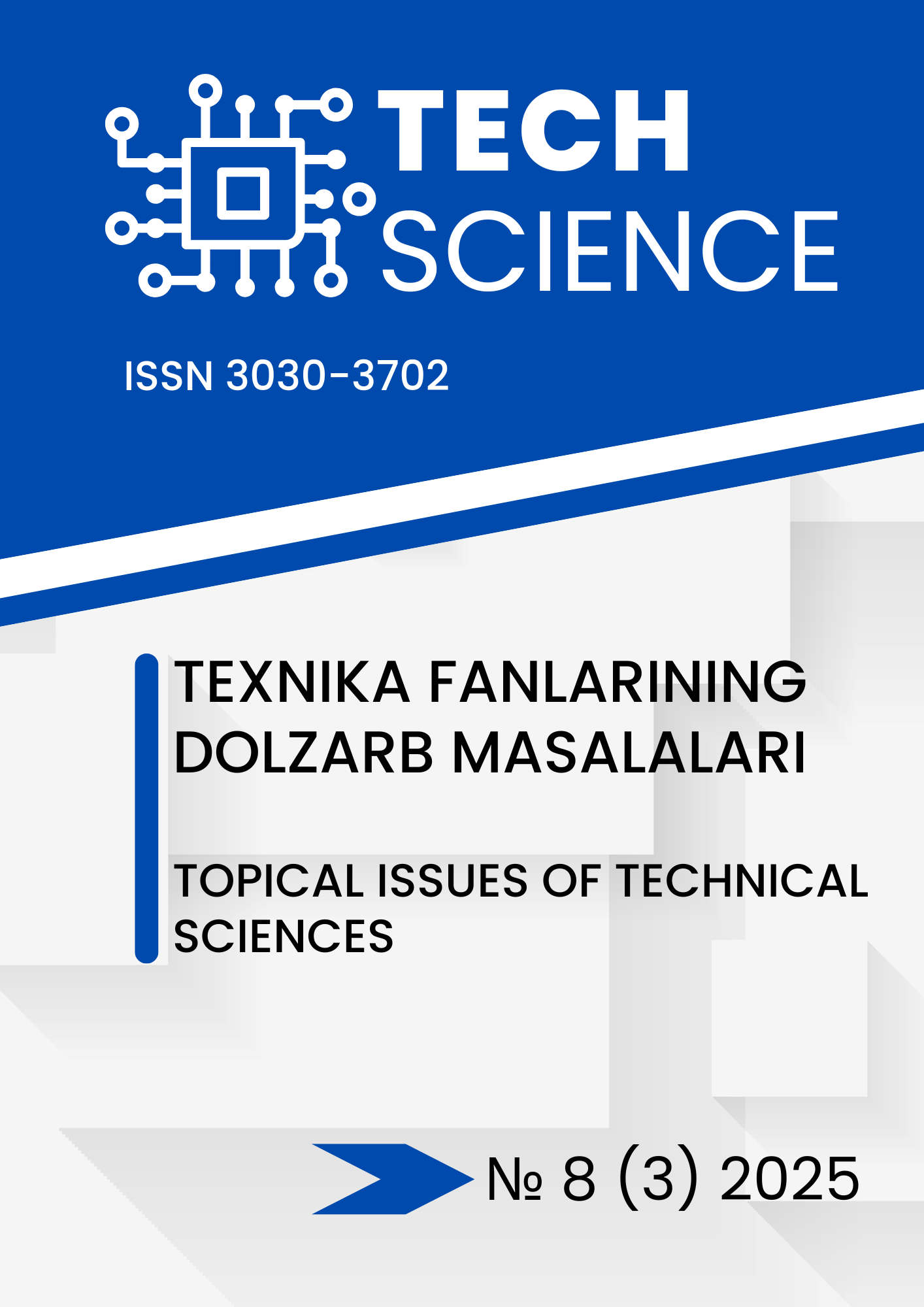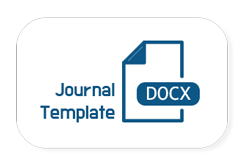ARCHITECTURE AND METHODS AND ALGORITHMS FOR PROCESSING DATA OBTAINED FROM IOT SENSORS
DOI:
https://doi.org/10.47390/ts-v3i8y2025No1Keywords:
IoT sensors, data architecture, intelligent analysis, machine learning, deep learning, predictive models, algorithmic efficiency, artificial intelligenceAbstract
This paper provides an in-depth overview of the architecture of data collected from IoT sensors, focusing on preprocessing stages and algorithmic approaches for intelligent analysis. The processes of acquisition, transmission, storage, cleaning, and normalization are examined, alongside real-time predictive systems. Integrating architectural frameworks with artificial intelligence and machine learning techniques significantly improves data processing efficiency and strengthens the resilience of IoT systems under dynamic conditions, offering both theoretical contributions and practical applications
References
1. LeCun, Y., Bengio, Y., & Hinton, G. (2015). “Deep learning”. Nature, 521(7553), 436–444. [ https://doi.org/10.1038/nature14539 ] (https://doi.org/10.1038/nature14539 )
2. Schmidhuber, J. (2015). “Deep learning in neural networks: An overview”. Neural Networks, 61, 85–117. [ https://doi.org/10.1016/j.neunet.2014.09.003 ] (https://doi.org/10.1016/j.neunet.2014.09.003)
3. Zhang, Z., & Yang, J. (2021). “IoT data analytics for predictive maintenance using deep learning models”. IEEE Internet of Things Journal, 8(5), 3452–3463. [https://doi.org/10.1109/JIOT.2020.3021234](https://doi.org/10.1109/JIOT.2020.3021234 )
4. Xo‘jayev, O. K. (2021). “Sun’iy intellekt asosida ma’lumotlarni tahlil qilish usullari”. Tashkent: Fan va texnologiya nashriyoti.
5. Karimov, B. (2022). “IoT ma’lumotlarini intellektual qayta ishlash algoritmlarining samaradorligi”. “Axborot texnologiyalari va innovatsion tadqiqotlar” jurnali, 4(2), 57–64.
6. Ruzmetova, Z. (2023). “Ma’lumotlarni chuqur o‘rganish asosida IoT tarmoqlarida bashorat modellarini shakllantirish”. “Kompyuter tizimlari va tarmoqlar” ilmiy jurnali, 5(1), 88–96.
7. Goodfellow, I., Bengio, Y., & Courville, A. (2016). “Deep Learning”. MIT Press.”
8. Hassan, M. M., Gumaei, A., Alrubaian, M., & Fortino, G. (2019). “A hybrid deep learning model for efficient intrusion detection in big data environment”. Information Sciences, 513, 386–396. [ https://doi.org/10.1016/j.ins.2019.10.010 ]
( https://doi.org/10.1016/j.ins.2019.10.010 )
9. Ergashev, I., & Nurmatov, A. (2020). “IoT tizimlarida ma’lumotlarni boshqarish va xavfsizlik muammolari”. “Informatika va axborot texnologiyalari” jurnali, 3(2), 45–52.
10. Jalolov, M. (2022). *Mashinali o‘qitish algoritmlarining tibbiyotdagi qo‘llanishi*. “Sun’iy intellekt va zamonaviy axborot texnologiyalari” jurnali, 6(1), 101–110.
11. Shalev-Shwartz, 2014.
12. Bishop C.M. Pattern Recognition and Machine Learning (2006).pdf.








